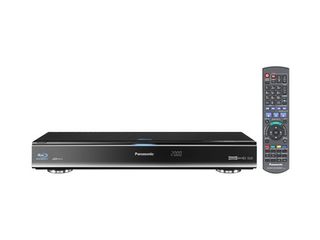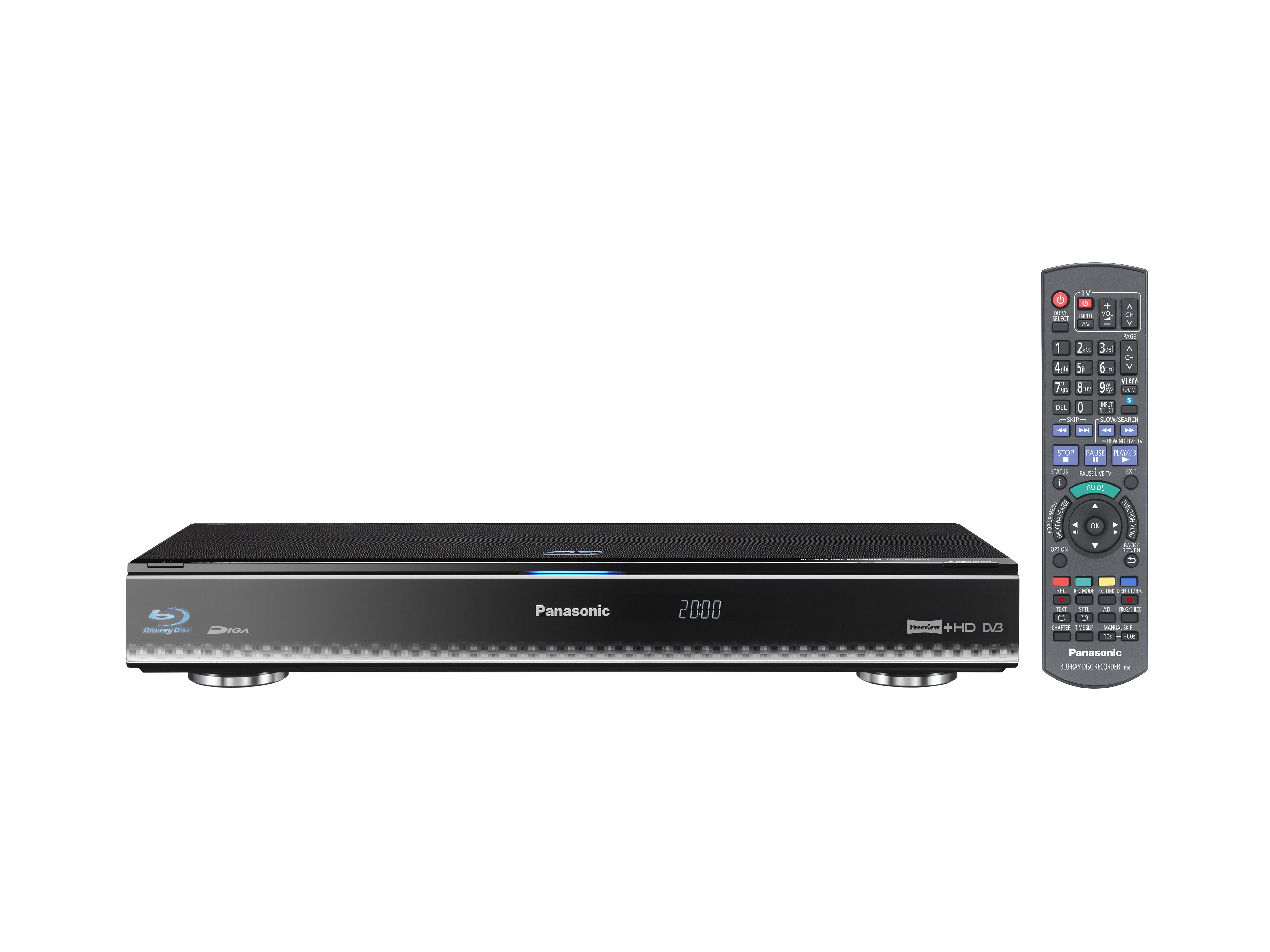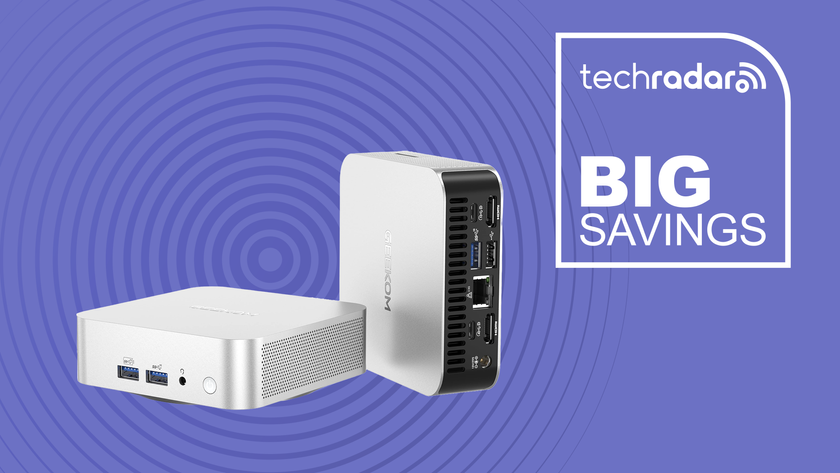Why you can trust TechRadar

The Panasonic DMR-BWT800 is a strange beast. Massively ambitious and hugely capable, it makes a superb catchall HD and 3D Blu-ray product, but it has a split personality.
Hard disk housekeeping could confuse (or simply bore rigid) a rocket scientist, while making a video call to the other side of the Earth is a cinch.
We liked
Picture quality is outstanding all-round; this is a top quality slice of AV heaven for anyone interested in reference-level performance from all sources, while the myriad recording, archiving and storage options will excite any HD obsessive or HD camcorder user.
Add 3D compatibility, that second HDMI output and Freeview HD, and the Panasonic DMR-BWT800 is a catch-all solution like no other.
We disliked
Though hardly tiny, that 500GB doesn't compare well with the latest PVRs around. But the main issue is the user interface. We've seen worse, but it doesn't have the joined-up feel that Panasonic's other 2011 AV products benefit from. Nor does it have Viera Connect, which means no BBC iPlayer.
Verdict
Hugely impressive in some ways, the Panasonic DMR-BWT800 is also your classic AV misfire. Designed to appeal to all, the basics – speed and simplicity – have been slightly overlooked in favour of geek features.
This is a better option that the far cheaper DMR-BWT700, not only for the extra 180GB of HDD capacity, but also for its 3D home cinema features. However, those after Freeview+HD features will probably find life easier with a dedicated PVR such as the Humax HDR-FOX T2, the Icecrypt T2400 or TVonics DTR-Z500HD.
Current page: Panasonic DMR-BWT800: Verdict
Prev Page Panasonic DMR-BWT800: Value and ease of useJamie is a freelance tech, travel and space journalist based in the UK. He’s been writing regularly for Techradar since it was launched in 2008 and also writes regularly for Forbes, The Telegraph, the South China Morning Post, Sky & Telescope and the Sky At Night magazine as well as other Future titles T3, Digital Camera World, All About Space and Space.com. He also edits two of his own websites, TravGear.com and WhenIsTheNextEclipse.com that reflect his obsession with travel gear and solar eclipse travel. He is the author of A Stargazing Program For Beginners (Springer, 2015),














